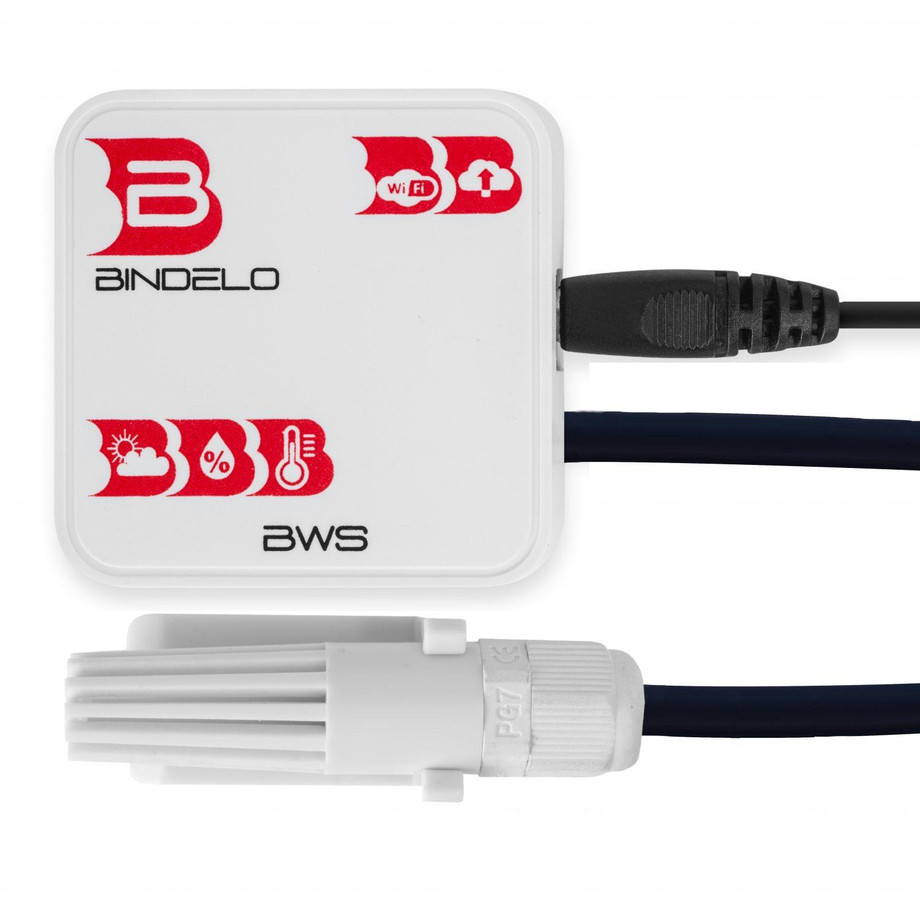4 Types of Temperature Sensors
A temperature sensor is a common feature in a wide range of devices to help monitor the operating temperature in circuits. They are a practical feature in applications related to chemical handling, medical devices, food processing units and AC system environmental controls. The most well-known device is the thermometer, which is useful to quickly gauge the temperature of liquids to solids.
Here are four of the most popular types of temperature sensors:
Thermocouple
The thermocouple sensor is the most popular method to measure temperature. It has a variety of benefits, such as self-powered, low-cost and extremely rugged. This type of sensor works by measuring changes that take place in voltage and acts on a principle of thermo-electric effect. It is usually protected by a metal or ceramic shield to increase its ability to function in difficult environments.
Resistor Temperature Detector
The resistor temperature detector (RTD) has the ability to give the most accurate data. The actual sensor is built in several hard-wearing materials, such as copper, nickel and platinum. This makes it possible to work in a wide temperature range that can vary from -270° C to +850° C. Also, this type of sensor must be combined with an external current to work to the best of its capabilities.
Thermistor
The thermistor is a further type of sensor that is easy to use, versatile and relatively inexpensive. It has the ability to adjust its resistance when a change in temperature is detected. This temperature sensor is made in ceramic materials such as nickel and manganese, which can leave them at risk of damage. A useful feature is the ability to have greater sensitivity compared to the RTD.
Thermometer
The thermometer is a practical option for measuring the temperature of gases, liquids or solids. It holds an alcohol or mercury liquid in a glass tube which starts to increase in volume when the temperature starts to rise. The glass tube that holds the liquid is marked with calibrated scale to clearly show the rise or fall in temperature. Also, the temperature is easily recorded in several scales, including Celsius, Kelvin and Fahrenheit.
Overall, there are several different types of temperature sensors in the market. It is essential to use the right sensor to match the application because the accuracy can vary with the different choices. A poorly chosen sensor can lead to a device malfunctioning because the temperature was allowed to increase without a proper warning being provided.Best wireless sensors and data collector provider in Colombia


